
Researchers have re-animated specimens of a fungus that causes coffee wilt to discover how the disease evolved and how its spread can be prevented.

Researchers have re-animated specimens of a fungus that causes coffee wilt to discover how the disease evolved and how its spread can be prevented.
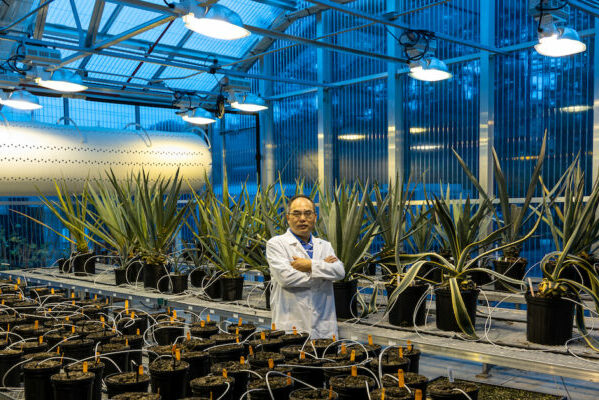
Scientists have discovered a single gene that simultaneously boosts plant growth and tolerance for stresses such as drought and salt, all while tackling the root cause of climate change by enabling plants to pull more carbon dioxide from the atmosphere.
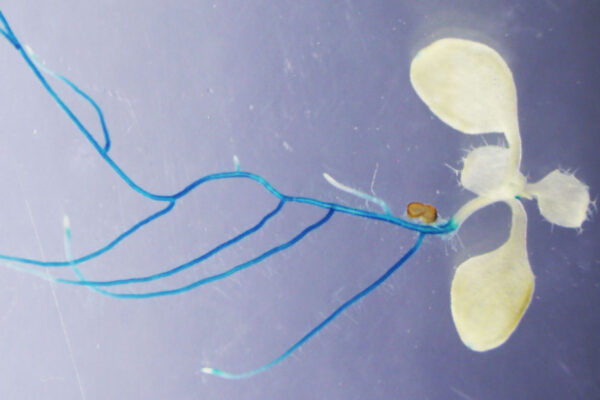
Nitrates are critical for the growth of plants, so plants have evolved sophisticated mechanisms to ensure sufficient nitrate uptake from their environments. In a new study, researchers have identified a plant enzyme that is key to activating a nitrate uptake mechanism in response to nitrogen starvation. This finding explains how plants meet their needs in challenging environments, opening doors to improving agriculture in such environments.
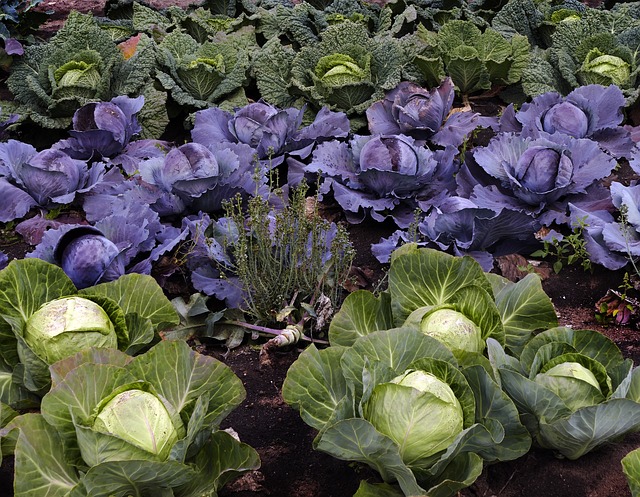
Scientists have used gene technology to understand more about the make-up of the evolution of brassicas – paving the way for bigger and more climate resilient yields from this group of crops that have been grown for thousands of years.
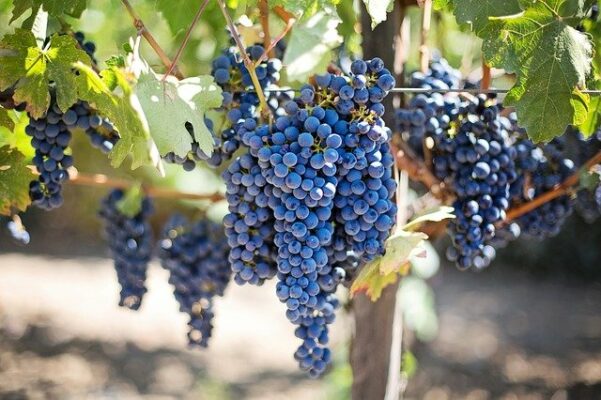
Wines and table grapes exist thanks to a genetic exchange so rare that it’s only happened twice in nature in the last 6 million years. And since the domestication of the grapevine 8,000 years ago, breeding has continued to be a gamble.

Traditional fertilization practices and over simplified nutrient recommendations are directly tied to Nepal’s declining rice yields; researchers have introduced a promising new tool that is bridging the productivity gap through a more precise, farmer-participatory approach.
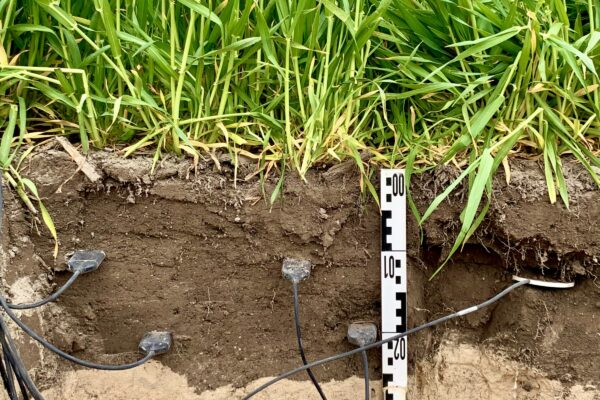
Climate change induced yield reductions can be compensated by cultivar adaptation and global production can even be increased.
Global agriculture both is one of the major drivers of climate change and strongly affected by it. Rising temperatures are among the main reasons for yield reductions. Therefore, the agricultural sector is faced with the major challenge of adapting to climate change in order to ensure food security in the future. According to a new study carried out by international researchers, the use of locally adapted cultivars can significantly contribute to achieve this goal. The study was led by LMU geographer Dr. Florian Zabel.
For four different climate scenarios, he and his colleagues simulated the impacts of climate change on the global production of maize, rice, soy and wheat and investigated how locally adapted cultivars would affect crop yields. Thereby, the scenarios represent different socio-economic pathways that result in temperature increases ranging between 1.4 and 3.9°C in global average.
Our results show that, at least under moderate warming, we could even increase global yields by almost 20% until the end of the century.
Florian Zabel
“Our results show that, at least under moderate warming, we could generally adapt well to climate change and even increase global yields by almost 20% until the end of the century. Thereby, the increase of atmospheric CO2 partly attributes to the yield increase for some crops, due to positive effects on the efficiency of photosynthesis.” says Zabel.
Strong warming threatens adaptation
If global warming can be restricted to below 1.5°C, as specified in the Paris Agreements, the simulations suggest that 85% of the global cropland area can be optimally cultivated with already available cultivars.
The stronger the warming, the more new cultivars will be needed and the higher the risk that a required locally adapted cultivars that can cope with the changed local conditions will not be available.
In the worst-case scenario, almost 40% of global cropland could require new cultivars.
Florian Zabel
“In the worst-case scenario, almost 40% of global cropland could require new cultivars, of which some would need to have traits that currently do not exist,” says Zabel. Thereby, a critical point is that this even affects globally important production regions, such as North America’s Corn Belt, the world’s most important region for maize production.
“In addition, there are some regions where cultivar adaptation will not be possible, for instance due to a change in future precipitation and possible droughts,” says Zabel. The simulations consider local and regional effects of climate change, and therefore allow identifying regions where locally adapted cultivars could be particularly beneficial for yields. These include large areas of Europe, China and Russia. However, in other parts of the world – including Turkey, Northeastern Brazil, Texas, Kenya and parts of India – adapted cultivars are predicted to have little or no effect on yields, due to a reduction of available water for crops.
Innovative and more efficient breeding methods offer a possible solution. “Conventional breeding approaches often take years,” Zabel points out. “New methods such as CRISPR-Cas could help to develop required cultivars that are specifically adapted to local conditions more quickly and in a more targeted way,” Zabel adds.
The study appears in the journal Global Change Biology. In addition to the authors based at LMU, researchers at the Potsdam Institute for Climate Impact Research, the Technical University of Munich (TUM), the Karlsruhe Institute of Technology, at Columbia University in the City of New York (USA), the University of Chicago (USA), the Université de Liège (Belgium), the International Institute for Applied Systems Analysis (Austria), China Agricultural University in Beijing, the University of Birmingham (UK) and Lund University (Sweden).
Read the paper: Global Change Biology
Article source: Ludwig- Maximilians-Universität München
Image credit: Ludwig- Maximilians-Universität München
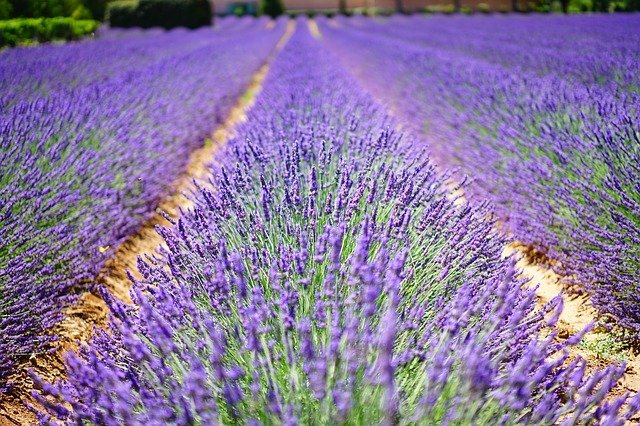
Even the mention of lavender evokes the distinct fragrance of the flower. This beautiful flower has been used to make perfumes and essential oils since time immemorial. The aesthetics of the flower have captured the imagination of hundreds, worldwide. So, what makes this flower so special? What are the “magical” compounds that gives it its unique fragrance? What is the genetic basis of these compounds? These questions have long puzzled scientists.
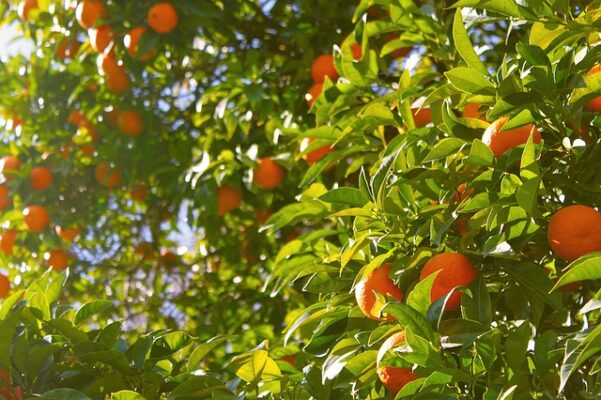
Due to their complexity and microscopic scale, plant-microbe interactions can be quite elusive. Each researcher focuses on a piece of the interaction, and it is hard to find all the pieces let alone assemble them into a comprehensive map to find the hidden treasures within the plant microbiome. This is the purpose of review, to take all the pieces from all the different sources and put them together into something comprehensive that can guide researchers to hidden clues and new associations that unlock the secrets of a system.

Linseed or flax (Linum usitatissimum) is known to be one of the oldest crops, cultivated since the beginning of civilization. In the last two decades, due to the potential health benefits associated with its biologically active components, linseed has been the focus of increased interest in the field of diet and disease research.